Results 4,101 to 4,110 of 12094
Thread: Anandtech News
-
07-18-14, 08:30 AM #4101
Anandtech: ASUS ROG Maximus VII Formula Released
One of the major announcements at Computex this year was that of the Maximus VII Formula, ASUS’ ‘gaming-rather-than-overclocking’ focused member of the Republic of Gamers line-up. The additions for the new Formula will centre on the PCIe storage support that Z97 affords, as well as the iterative design of the ROG brand. The main elements that ASUS wants to promote with the new Formula include the power delivery hybrid cooling solution, the SupremeFX audio solution, the ROG Armor, TrueVolt 5V, GameFirst III and Extreme Engine DIGI+ III.
For those not familiar with the Formula, particularly from the last generation, the main visual feature is usually the ROG Armor. This is a fixed shroud on the front and back of the motherboard, with the aim to improve the rigidity of the product but also reduce dust build up on components or shorting due to errant screwdrivers.
The CrossChill hybrid cooling combines air cooling with a water cooling heatsink on the power delivery. The design is based in corrosion-resistant copper, and ASUS claims that temperatures in this area of the motherboard can be reduced by up to 23ºC. The thread fittings are set at G1/4-inch and require users to use their own barbs. The chokes underneath are the 60A Blackwing chokes found on the high-end Maximus VI range, and the NexFET ICs are designed for 90% efficiency. Knowing that gamers will also want to overclock, there are also 10K black metallic caps with a 20% increase in extreme temperature endurance over that standard solution.
The audio solution uses many of the same elements we have come across on an enhanced ALC1150 setup – PCB separation, EM shields, filter caps and headphone amplifiers. ASUS engineer their design to also include a Cirrus Logic CS4398 DAC for the rear output and ‘Sonic SenseAmp’ technology to detect when low or high impedance headphones are used and adjust accordingly.
For storage, M.2 is supported via the mPCIe combo III card for the rear IO, supporting any type 2260 devices. This looks to be a PCIe 2.0 x2 solution. ASUS also includes two SATA Express ports, one powered by the PCH and the other via an ASMedia controller. Given that three PCIe storage options are present and each requires two PCIe lanes, I would imagine that the M.2 and SATAe from the PCH are shared via a switch and the second SATAe slot is shared with the PCIe 2.0 x4 slot on board or the extra USB 3.0 ports. Alongside the PCIe storage there is also ten SATA ports (four shared with SATAe), eight USB 3.0 ports and six USB 2.0 ports.
At the launch of Z97, ASUS released the Gene, Hero and Ranger, with the Formula, Impact and Extreme expected in due course. Computex saw the announcement of the Impact and the Formula, although I have a feeling that the team that design the Extreme might be focusing on X99 for now.
Initially the Formula will be available as a bundle with Watch Dogs from Newegg and Tiger Direct for $369 from next week, with a standard edition available shortly after for around $319.
Gallery: ASUS ROG Maximus VII Formula Released


More...
-
07-20-14, 09:00 AM #4102
Anandtech: Manual Camera Controls and RAW in Android L
For those that have followed the state of camera software in AOSP and Google Camera in general, it’s been quite clear that this portion of the experience has been a major stumbling block for Android. Third party camera applications are almost always worse for options and camera experience than first party ones. Manual controls effectively didn’t exist because the underlying camera API simply didn’t support any of this. Until recently, the official Android camera API has only supported three distinct modes. These modes were preview, still image capture, and video recording. Within these modes, capabilities were similarly limited. It wasn’t possible to do burst image capture in photo mode or take photos while in video mode. Manual controls were effectively nonexistent as well. Even something as simple as tap to focus wasn’t supported through Android’s camera API until ICS (4.0). In response to these issues, Android OEMs and silicon vendors filled the gap in capabilities with custom, undocumented camera APIs. While this opened up the ability to deliver much better camera experiences, these APIs were only usable in the OEM’s camera applications. If there were no manual controls, there was no way for users to get a camera application that had manual controls.
With Android L, this will change. Fundamentally, the key to understanding this new API is understanding that there are no longer distinct modes to work with. Photos, videos, and previews are all processed in the same exact way. This opens up a great deal of possibility, but also means more work on the part of the developer to do things correctly. Now, instead of sending capture requests in a given mode with global settings, individual requests for image capture are sent to a request queue and are processed with specific settings for each request.
This sounds simple enough, but the implications are enormous. First, image capture is much faster. Before, if the settings for an image changed the entire imaging pipeline would have to clear out before another image could be taken. This is because any image that entered the pipeline would have settings changed while processing, which means that the settings would be inconsistent and incorrect. This slowed things down greatly because of this wait period after each change to capture settings. With the new API, you simply request captures with specific settings (device dependent) so there’s no need to wait on the pipeline with settings changes. This dramatically increases the maximum capture rate regardless of the format used. In other words, the old API set changes globally. This slowed down image capture every time image settings changed because all of the images in the pipeline had to be discarded once the settings were changed. In the new API, settings are done on a per-image basis. This means that no discarding has to happen, which means image capture stays fast.
The second implication is that the end user will have much more control over the settings that they can use. These have been discussed before in the context of iOS 8’s manual camera controls, but in effect it’s now possible to control shutter speed, ISO, focus, flash, white balance manually, along with options to control exposure level bias, exposure metering algorithms, and also select the capture format. This means that the images can be output as JPEG, YUV, RAW/DNG, or any other format that is supported.
While not an implication, the elimination of distinction between photo and video is crucial. Because these distinctions are removed, it’s now possible to do burst shots, full resolution photos while capturing lower resolution video, and HDR video. In addition, because the pipeline gives all of the information on the camera state for each image, Lytro-style image refocusing is doable, as are depth maps for post-processing effects. Google specifically cited HDR+ in the Nexus 5 as an example of what’s possible with the new Android camera APIs.
This new camera API will be officially released in Android L, and it’s already usable on the Android L preview for the Nexus 5. While there are currently no third party applications that take advantage of this API, there is a great deal of potential to make camera applications that greatly improve upon OEM camera applications. However, the most critical point to take away is that the new camera API will open up the possibility for applications that no one has thought of yet. While there are still issues with the Android camera ecosystem, with the release of Android L software won’t be one of them.
More...
-
07-21-14, 07:31 AM #4103
Anandtech: Western Digital Updates Red NAS Drive Lineup with 6 TB and Pro Versions
Back in July 2012, Western Digital began the trend of hard drive manufacturers bringing out dedicated units for the burgeoning NAS market with the 3.5" Red hard drive lineup. They specifically catered to units having 1-5 bays. The firmware was tuned for 24x7 operation in SOHO and consumer NAS units. 1 TB, 2 TB and 3 TB versions were made available at launch. Later, Seagate also jumped into the fray with a hard drive series carrying similar firmware features. Their differentiating aspect was the availability of a 4 TB version. Western Digital responded in September 2013 with their own 4 TB version (as well as a 2.5" lineup in capacities up to 1 TB).
Today, Western Digital is making updates to their Red lineup for the third straight year in a row. The Red lineup gets the following updates:
- New capacities (5 TB and 6 TB versions)
- New firmware (NASware 3.0)
- Official sanction for use in 1-8 bay tower form factor NAS units
In addition, a new category is also being introduced, the Red Pro. Available in 2 - 4 TB capacities, this is targeted towards rackmount units with 8 - 16 bays (though nothing precludes it from use in tower form factor units with lower number of bays).
WD Red Updates
Even though 6 TB drives have been around (HGST introduced the Helium drives last November, while Seagate has been shipping Enterprise Capacity and Desktop HDD 6 TB versions for a few months now), Western Digital is the first to claim a NAS-specific 6 TB drive. The updated firmware (NASware 3.0) puts in some features related to vibration compensation, which allows the Red drives to now be used in 1 - 8 bay desktop NAS systems (earlier versions were officially sanctioned only for 1 - 5 bay units). NASware 3.0 also has some new features to help with data integrity protection in case of power loss. The unfortunate aspect here is that units with NASware 2.0 can't be upgraded to NASware 3.0 (since NASware 3.0 requires some recalibration of internal components that can only be done in the factory).
The 6 TB version of the WD Red has 5 platters, which makes it the first drive we have seen to have an areal density of more than 1 TB/platter (1.2 TB/platter in this case). This areal density increase is achieved using the plain old Perpendicular Magnetic Recording (PMR) technology. Western Digital has not yet found reason to move to any of the new technologies such as SMR (Shingled Magnetic Recording), HAMR (Heat-assisted Magnetic Recording) or Helium-filling for the WD Red lineup.The 5 TB and 6 TB versions also have WD's StableTrac technology (securing of the motor shaft at both ends in order to minimize vibration). As usual, the drive comes with a 3 year warranty. Other aspects such as the rotation speed, buffer capacity and qualification process remain the same as that of the previous generation units.
WD Red Pro
The Red Pro targets medium and large business NAS systems which require more performance by moving to a rotation speed of 7200 rpm. Like the enterprise drives, the Red Pro comes with hardware-assisted vibration compensation, undergoes extended thermal burn-in testing and carries a 5-year warranty. 2, 3 and 4 TB versions are available, with the 4 TB version being a five platter design (800 GB/platter).
The WD Green drives are also getting a capacity boost to 5 TB and 6 TB. WD also specifically mentioned that their in-house NAS and DAS units (My Cloud EX2 / EX4, My Book Duo etc.) are also getting new models with these higher capacity drives pre-installed. The MSRPs for the newly introduced drives are provided below
We do have review units of both the 6 TB WD Red and the 4 TB WD Red Pro. Look out for the hands-on coverage in the reviews section over the next couple of weeks.WD Red Lineup 2014 Updates - Manufacturer Suggested Retail Prices Model Model Number Price (USD) WD Red - 5 TB WD50EFRX $249 WD Red - 6 TB WD60EFRX $299 WD Red Pro - 2 TB WD2001FFSX $159 WD Red Pro - 3 TB WD3001FFSX $199 WD Red Pro - 4 TB WD4001FFSX $259
More...
-
07-21-14, 11:00 AM #4104
Anandtech: 6 TB NAS Drives: WD Red, Seagate Enterprise Capacity and HGST Ultrastar He
Western Digital launched the first NAS-specific 6 TB drive today. In expanding their Red portfolio, they have brought 6 TB drives suitable for 24x7 operation into the hands of home consumers. Some enterprise-specific 6 TB drives have been around since late last year. Today's introduction provides us an opportunity to see how the WD Red compares against those offerings. Read on for our evaluation of the currently available 6 TB drives suitable for NAS units.
More...
-
07-21-14, 12:31 PM #4105
Anandtech: Samsung Begins Tizen Rollout for Original Galaxy Gear in the US
Samsung's original Galaxy Gear was one of the first in an initial wave of Android smartwatches. It ran Android at a time where a smartwatch was not a form factor that Google had anticipated for their operating system. Because of issues with software support and battery life, Samsung began releasing smartwatches that ran on their own Tizen operating system. Samsung also committed to updating the original Galaxy Gear from Android to Tizen. This staged rollout began earlier in May of this year, and it is now rolling out to Galaxy Gear users in United States. Samsung is promising that the update gives users access to a greater catalog of apps, along with software improvements that bring it closer to feature parity with the Gear 2 smartwatch.
The move to Tizen brings new features and additions to existing features. Many of these lie in the fitness and lifestyle capabilities of the Galaxy Gear. On Tizen the Galaxy Gear can keep track of a user's sleeping patterns using Sleep Mode, and it can keep track of workout routines in exercise mode which is an improvement over the original Android firmware which could only go as far as tracking footsteps.
Samsung is also including a built in music player with the ability to store tracks right on the smartwatch. This is an interesting feature because it allows the Galaxy Gear to function on its own to some degree, which is a different smartwatch strategy than Google is taking with their Android Wear operating system which acts purely as an extension of your current smartphone. Another new app is the Controls application which acts as a settings app for changing brightness and volume as well as setting custom fonts, wallpapers, and icon sizes.
Beyond new apps and features, Samsung is promising that the move to Tizen brings significant increases in battery life which is great news for Galaxy Gear owners as battery life is one of the biggest concerns with smartwatches and the original Galaxy Gear running Android definitely struggled in this regard.
The update is rolling out in the United States starting today. Users will need to connect their phone to their computer and use Samsung's Kies software to download and install the update.
More...
-
07-22-14, 06:01 AM #4106
Anandtech: Xiaomi Launches the Mi 4
Today, Xiaomi announces the next version of their flagship smartphone, the Mi 4. Much like the OnePlus One, this device is effectively a high end device at a mid-range price. For the most part, this device is very much like the OnePlus One, although there are some crucial differences. The display is smaller, at 5 inches diagonal it makes for a device that is easier to use with one hand. The front facing camera is eight megapixels rather than five, and both cameras have a wider f/1.8 aperture. As always, a full list of specs can be seen below.
While some details are lacking (namely, dimensions) it's generally clear that this phone is designed to try and be the best phone of the Snapdragon 801 generation. The use of even wider apertures will help with light collection but there is potential for increased aberration as a result, which would be important to evaluate. The display is also said to be 84% NTSC, which would correspond to about 128% of the sRGB colorspace, so it'll be important to see whether or not there's an accurate sRGB calibration in this device.Xiaomi Mi 4 SoC MSM8974AC 2.45 GHz Snapdragon 801 RAM/NAND 3 GB LPDDR3, 16/64GB NAND Display 5" 1080p IPS LCD by JDI/Sharp Network 2G / 3G / 4G LTE (Qualcomm MDM9x25 UE Category 4 LTE) Dimensions ?? x 67.5 x ??mm, 149 grams Camera 13MP rear camera, 1.12 µm pixels, 1/3.06" CMOS size Sony IMX 214, F/1.8. 8MP F/1.8 FFC 1/4" Battery 3080 mAh (11.704 Whr) OS MIUI 6 Connectivity 802.11a/b/g/n/ac + BT 4.0, USB2.0, GPS/GNSS, MHL, DLNA, NFC SIM Size MicroSIM
This time around, Xiaomi seems to be trying to improve the in hand feel of their devices, by using a stainless steel band around the phone for improved feel. The back cover is still plastic, but Xiaomi is introducing swappable back covers with different materials and colors to try and alleviate the issue. This definitely seems to be a move inspired by the StyleSwap covers that OnePlus is releasing for the One. The covers can be seen below.
Keeping with tradition, the Mi 4 will be priced extremely competitively. The 16GB version will sell for the equivalent price of 320 USD, and the 64GB variant for 400 USD. There's no word on availability for other coutnries, but the phone will be available for pre-order in China on July 29th.
More...
-
07-22-14, 07:31 AM #4107
Anandtech: Nokia Lumia 630 Review
With the introduction of the Lumia 630 and 635 models, we have our first look at the next generation of low cost Windows Phone devices, and the Lumia 630 is a phone with many firsts for this segment. It’s the first phone launched with Windows Phone 8.1 from any manufacturer. It’s also the first phone released after the acquisition of Nokia by Microsoft, though the phone was announced at BUILD prior to the final paperwork was completed on the acquisition. This is the first Windows Phone ever with an optional Dual SIM model. This is also the first Windows Phone which incorporates a SensorCore branded pedometer. It’s the first Windows Phone which replaces the hardware back, home, and search keys with on-screen equivalents, and unfortunately it’s the first Windows Phone which is lacking a hardware camera button, ambient light sensor, and proximity sensor. This is definitely a device of firsts for Windows Phone, but not all of the firsts are good news.
More...
-
07-22-14, 09:00 AM #4108
Anandtech: Nvidia Launches Shield Tablet
Today, Nvidia is announcing the Shield tablet. While normally such launch announcements don’t require much in the way of exposition, Nvidia is in an odd place. Last year, the Shield portable and Tegra Note 7 were the primary mobile devices shipping with Tegra 4. In hindsight, the Shield portable was a bit too niche to ever reach mass adoption. It was first and foremost a gaming device, with a display attached to a controller as opposed to a controller attached to a display. The result was that while it was surprisingly good for gaming, it wasn’t the best tablet. It really only worked in landscape mode, the display size was relatively small (5 inches diagonal), and using the touchscreen was an awkward experience.
The Tegra Note 7 was Nvidia’s attempt at competing in the mainstream tablet market. While the dual front facing speakers and stylus were good advantages over the Nexus 7, it wasn’t clearly better than the Nexus 7. The display was lower resolution, lower contrast, and not as well calibrated. The WiFi module only supported 2.4 GHz, and there was only a gigabyte of RAM. While it was possible to emulate a Shield-esque experience with the Note 7, there was no game streaming from PC to tablet due to the lack of 5 GHz WiFi, and the controllers on the market simply weren’t as good as the controller in Shield. In addition, because the Tegra Note 7 wasn’t directly controlled by Nvidia the experience in software update speed could vary.
From the lens of past experience, the Shield tablet makes a lot of sense. The specs are right for a good tablet, but it’s also a proper Shield device. As a tablet, it has all the right pieces. A high resolution display, Tegra K1 (Cortex A15 variant), dual front facing speakers and bass reflex ports, a new stylus, 5 GHz WiFi, and a 5MP front facing camera. I’ve put a table of the specs below for easier reading.
In the stylus side, DirectStylus 2 is said to reduce the inking latency to half that of the implementation we saw in Tegra Note 7. In practice it seemed that the stylus latency was low and lines tracked closely to the stylus, but I’ll avoid final judgment until the review. Nvidia also claims that there are more levels of pressure sensitivity, but it’s not quite clear how many levels there are. Nvidia has also added handwriting recognition software, which worked relatively well in some casual testing. The Dabbler application also seems to provide a relatively realistic simulation of various physical mediums such as oil painting and watercolor, although it’s mostly targeted towards artists.Nvidia SHIELD Tablet SoC Tegra K1 (2.2 GHz 4x Cortex A15s) RAM/NAND 2 GB DDR3L-1866, 16/32GB NAND + microSD Display 8” 1920x1200 IPS LCD Network 2G / 3G / 4G LTE (Nvidia Icera i500 UE Category 3/4 LTE) Dimensions 221 x 126 x 9.2mm, 390 grams Camera 5MP rear camera, 1.4 µm pixels, 1/4" CMOS size. 5MP FFC Battery 5197 mAh, 3.8V chemistry (19.75 Whr) OS Android 4.4.2 Connectivity 2x2 802.11a/b/g/n + BT 4.0, USB2.0, GPS/GLONASS, mini HDMI 1.4a SIM Size None or MicroSIM
In addition to the stylus features, Nvidia is advertising 1080p Netflix support. Normally, due to the DRM restrictions associated with high bitrate streaming, most Android devices only support low resolution streams. Nvidia has done all of the necessary work to satisfy these DRM requirements, so it supports the highest bitrate available to mobile devices. Of course, this feature will be disabled with an unlocked bootloader, but it’s a good feature to have for mobile streaming.
Outside of tablet features, the gaming features seem to be quite compelling. The controllers themselves were comfortable, and were very similar to the Shield portable’s ergonomics. Nvidia is emphasizing that these controllers connect over WiFi direct, and the frequency selected depends upon the network that is used. The result is much lower latency, and Nvidia is also able to run a headset jack and microphone through the controller due to the higher bandwidth that WiFi provides. Up to four controllers can be paired to the Shield tablet for multiplayer games.
Due to the addition of 5 GHz 2x2 WiFi, Nvidia’s GameStream and GRID, which means that it’s possible to stream games from a PC within the same LAN to Shield tablet and play games by streaming from Nvidia servers to the tablet. Nvidia did note that only 720p is supported through WiFi, and an Ethernet connection is necessary to stream at 1080p due to latency reasons.
While both GameStream and GRID are largely similar in experience compared to the Shield portable, the Kepler GPU in the Tegra K1 enables a great deal of potential for gaming. Trine 2 will ship with the tablet, and is a direct port from the console game. Nvidia also showed off the improvements in games like Half Life 2 and Portal, which run full OpenGL rather than OpenGL ES as it did on Shield portable. Outside of feature set, Nvidia is claiming that the K1's GPU is far faster than the GPU in either the Exynos 5420 or Apple's A7 SoC.
In addition, Nvidia showed off a full version of War Thunder running on Shield tablet, and claimed that it will be able to play on multiplayer with PCs. This included both the tank and aircraft combat aspects of the game. Nvidia also showed that the Unreal Engine 4 demo from Google IO runs on the Shield tablet.
Finally, the Shield tablet will be the first Android tablet to support streaming to Twitch. By leveraging the built in front facing camera, it’s possible to stream both gameplay and webcam/commentary. In practice, I didn’t see any noticeable issues with this system, and it seemed to work as promised. The 1.4 micron pixel size seemed to make the quality relatively acceptable even indoors.
That was a lot to go over, but I think the key here will be the native gaming experience on Shield tablet. While it’s fully possible for Shield tablet to serve as a dedicated console with GameStream, the real use case will be whether it can provide a solid gaming experience using the SoC for rendering rather than as a video decoder for a PC somewhere else. With games like War Thunder and Trine 2, it seems that there is immense potential for a very compelling product. While Nvidia isn’t starting from nothing this time around, this ecosystem aspect is still a bit risky.
The Shield tablet will go on sale July 29th for the US, August 14th for Europe. The 16GB/WiFi variant will cost 299 USD, the 32GB/LTE variant will be 399 USD. The controller is priced at 59 USD, and the flip cover at 39 USD.
More...
-
-
07-22-14, 02:00 PM #4110
Anandtech: Asus RT-AC87 AC2400 Router with Quantenna Chipset Set to Ship
Back at CES earlier this year, I had visited Quantenna and covered the announcement of their QSR1000 4x4 802.11ac MIMO chipset. It was announced that the Asus RT-AC87U would be the first QSR1000 enabled router to hit retail. Despite the announcement at CES, no availability date or price was announced.
Things are getting together now, and Asus and Quantenna have announced that the RT-AC87U is all set to ship (Best Buy actually has it for purchase right now). The router will retail for $270, an admittedly steep price, but one that should be seen in context with the Broadcom-XStream enabled Netgear R8000 that is shipping for $300. The router also seems to be a bit lacking in the I/O front, with only one USB 2.0 port apparently. That said, it is like that most of the power users who are going to purchase this already have a dedicated NAS device (and don't need USB 3.0 or eSATA ports in their routers).
Gallery: Asus RT-AC87 AC2400 802.11ac Wave 2 Router





The RT-AC87U is a bit more future-proof with respect to Wi-Fi standards, thanks to it being the first shipping 802.11ac Wave 2 router. As part of the Wave 2 features, we get four spatial streams and support for MU-MIMO (we do need clients supporting it to get the full benefits). One of the most obvious benefits of going to Wave 2 is the 160 MHz-wide channel support, but, that is not part of the Quantenna QSR1000 chipset that is being used in the Asus RT-AC87U.
Obviously, technology moves at a rapid pace, and one can always wait for the next big thing. There is also talk online of Netgear releasing a Wave 2 router (Nighthawk X4) soon (the FCC details are already out), but official details are scarce. In effect, if readers are interested in hopping on to the Wave 2 bandwagon, the Asus RT-AC87U will be the first opportunity.
More...
Thread Information
Users Browsing this Thread
There are currently 7 users browsing this thread. (0 members and 7 guests)




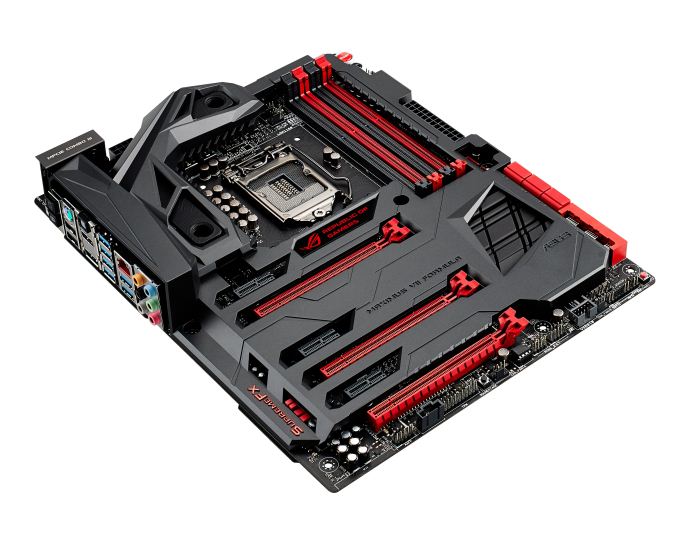






 Quote
Quote
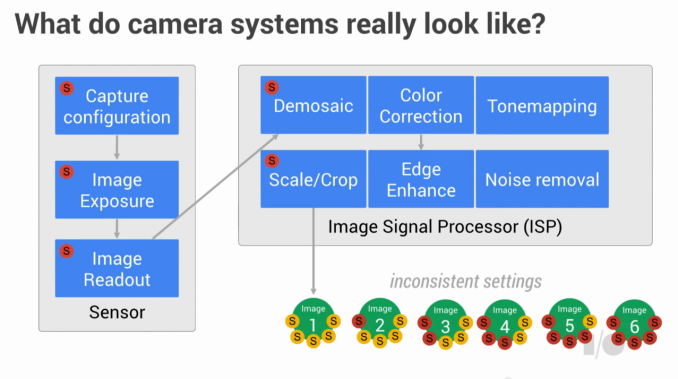
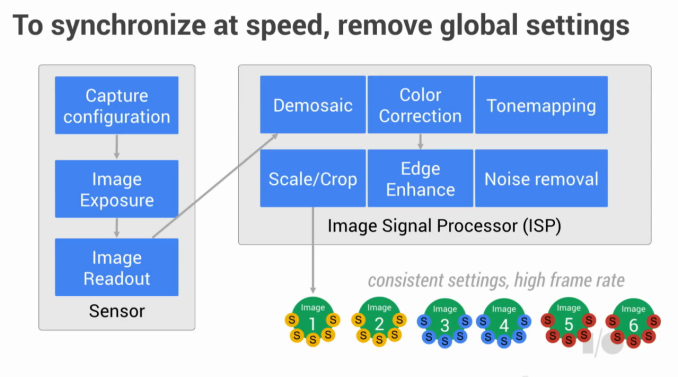
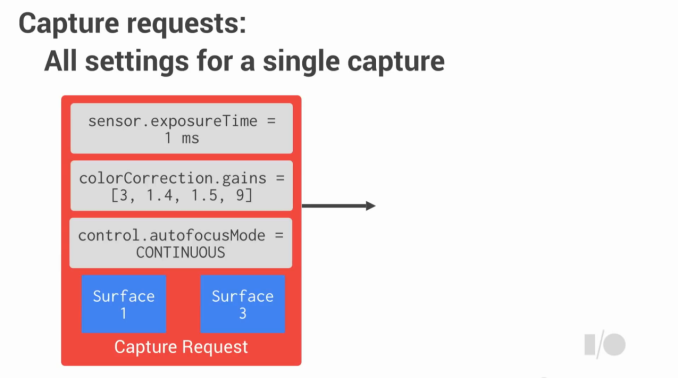
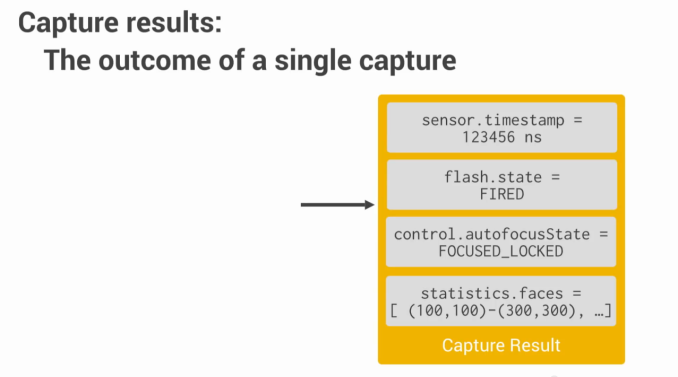
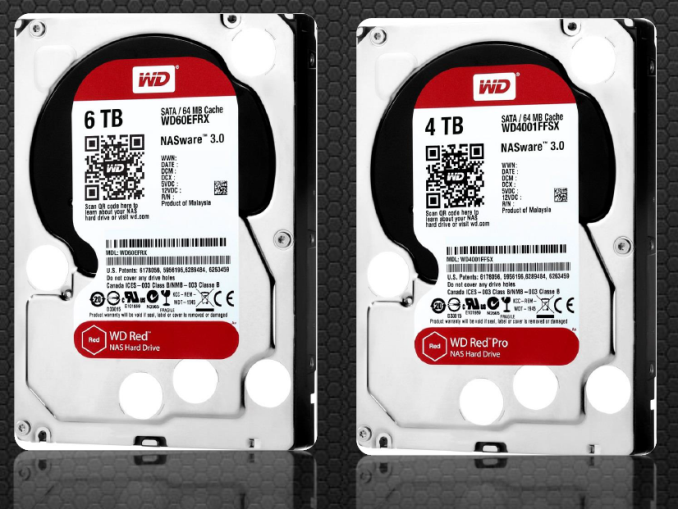
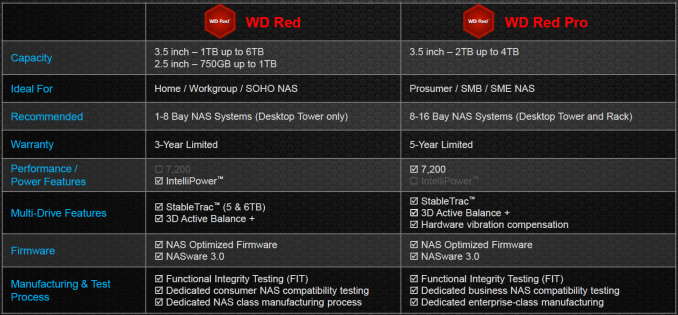
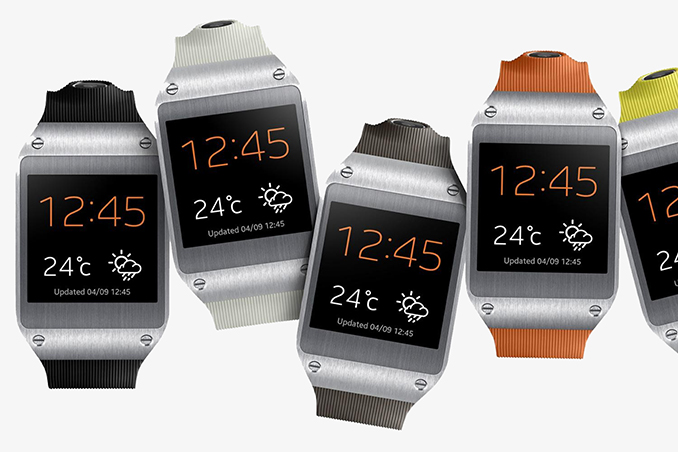
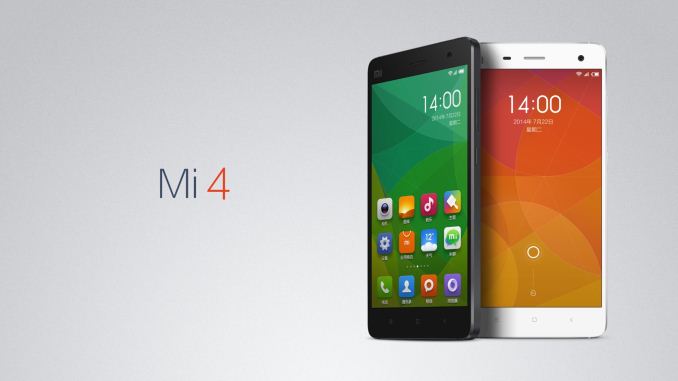







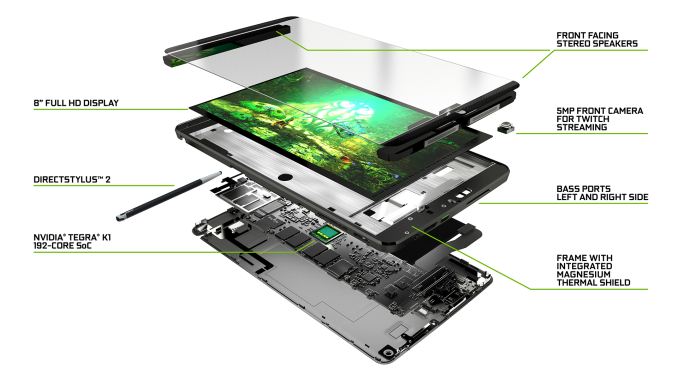
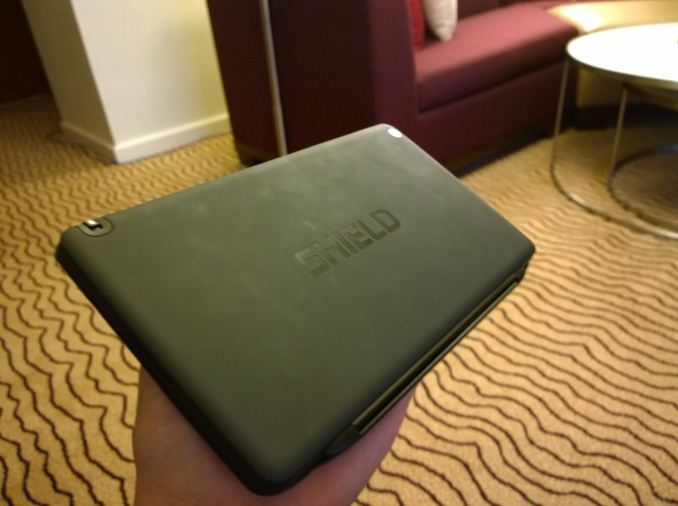
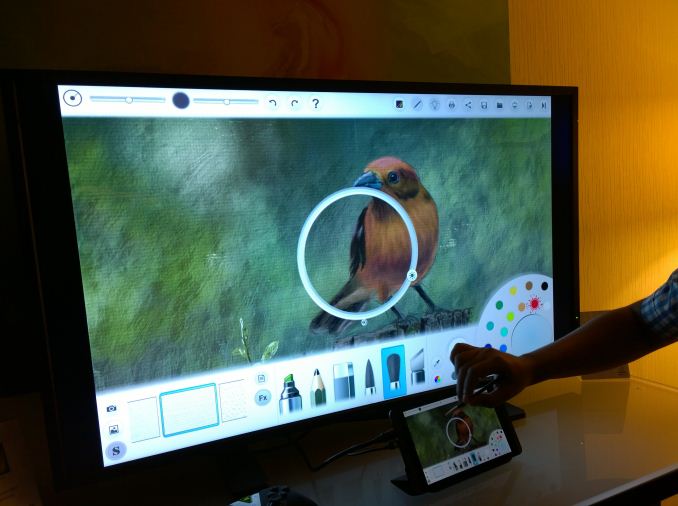
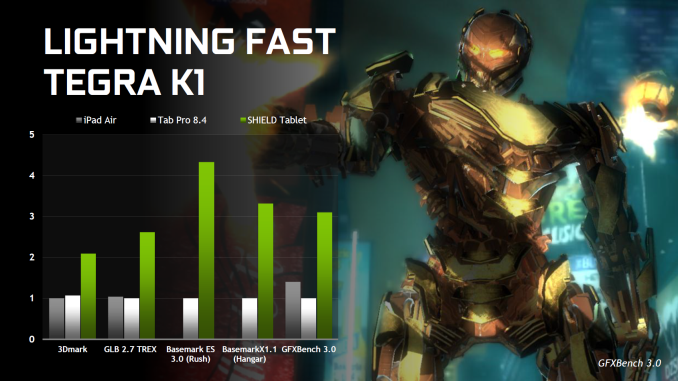

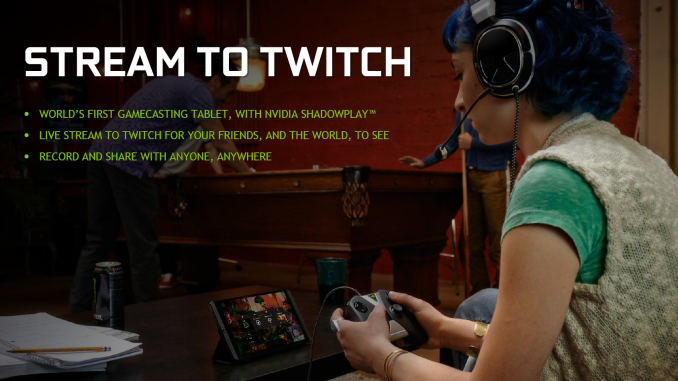
























Bookmarks